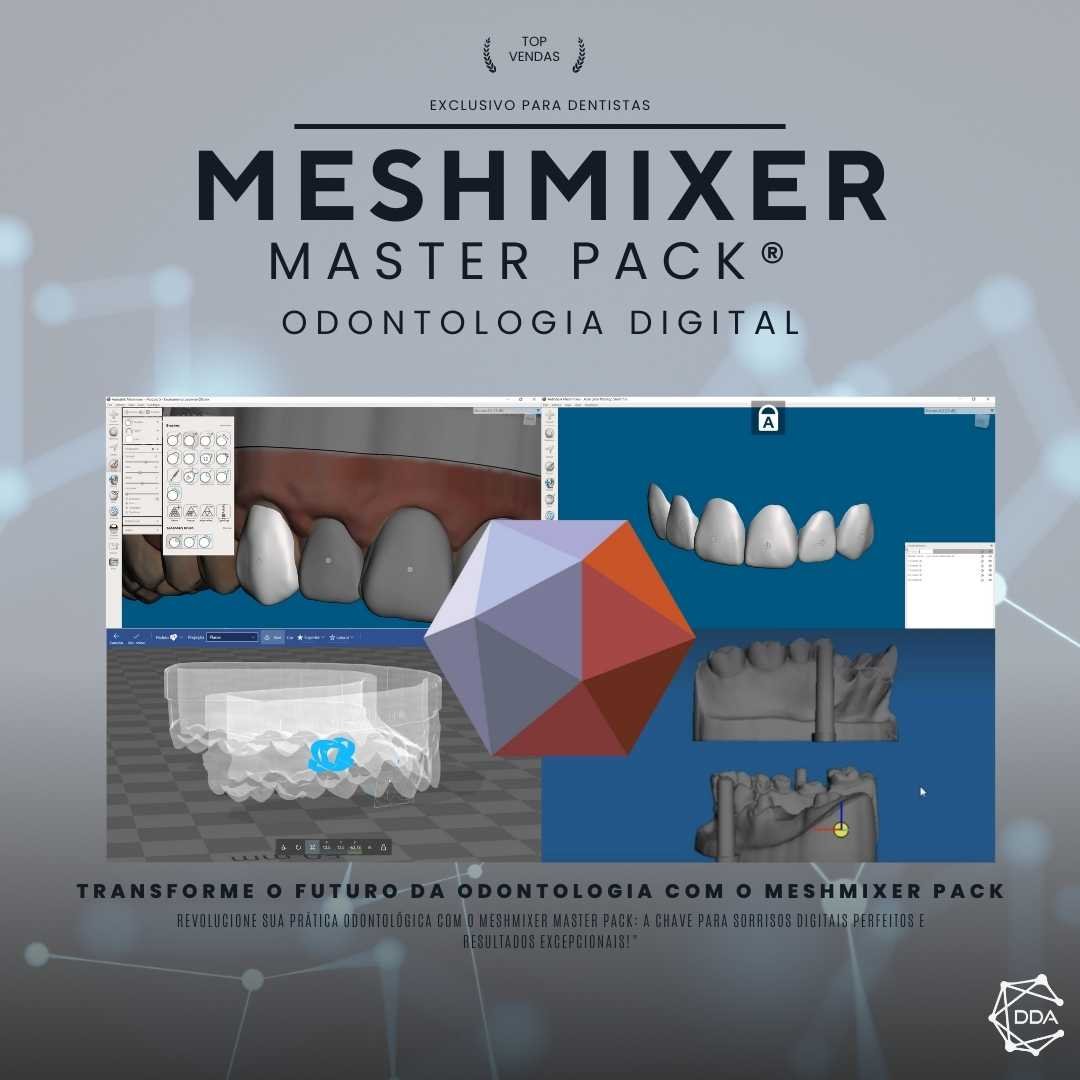What is Biofilm?
Biofilm is a complex community of microorganisms, such as bacteria, fungi and algae, that adhere to a surface and form a viscous, adherent matrix. This matrix is composed of a mixture of polysaccharides, proteins and DNA, which are produced by the microorganisms themselves. Biofilm can form in a variety of environments, such as medical equipment surfaces, water pipes, teeth, and even coral reefs.
How does biofilm form?
The biofilm formation process is complex and involves several steps. First, microorganisms adhere to the surface through physical and chemical interactions. Then they begin to multiply and secrete substances that help form the adherent matrix. These substances include polysaccharides, proteins and DNA. As biofilm grows, it becomes more resistant and difficult to remove.
Why is biofilm important?
Biofilm can have both positive and negative effects. On the one hand, it plays an important role in the ecology of aquatic ecosystems such as coral reefs, where it provides a base for marine life. Furthermore, biofilm can be used in industrial processes, such as the production of bioplastics.
However, biofilm can also be harmful in many ways. It can cause problems in drinking water systems, where it can clog pipes and reduce the efficiency of filters. Furthermore, biofilm can cause infections in humans, such as urinary tract infections and ventilator-associated pneumonia.
How does biofilm affect oral health?
Biofilm is one of the main causes of oral diseases, such as cavities and periodontal disease. When biofilm forms on your teeth, it can calcify and turn into tartar, which is a hard, yellowish substance that sticks to your teeth. Tartar can irritate the gums and lead to the development of periodontal disease, which is an infection of the supporting structures of the teeth.
Furthermore, biofilm can also produce acids that damage tooth enamel, leading to the formation of cavities. Bacterial plaque, which is a form of biofilm, is mainly responsible for the formation of cavities.
How to prevent and treat oral biofilm?
Prevention and treatment of oral biofilm involves good oral hygiene. Brushing your teeth at least twice a day, flossing daily and making regular visits to the dentist are important measures to prevent the formation of biofilm and its negative consequences.
Additionally, using antimicrobial mouthwashes can help reduce the amount of microorganisms present in the biofilm. However, it is important to remember that these products do not replace brushing and flossing.
How to remove biofilm from surfaces?
Removing biofilm from surfaces can be challenging due to its adhesion and resistance. In many cases, it is necessary to use chemical or physical agents to break the adherent matrix and remove microorganisms.
Chemical agents, such as enzymatic detergents and disinfectants, can be used to dissolve the biofilm matrix and kill microorganisms. Physical agents, such as brushes and high-pressure water jets, can be used to physically remove biofilm from surfaces.
How to avoid the formation of biofilm on medical equipment?
The formation of biofilm on medical equipment can be avoided through infection prevention and control measures. Proper cleaning and disinfection of equipment, following the guidelines established by manufacturers and health authorities, are essential to prevent biofilm formation.
Additionally, the use of antimicrobial materials in equipment manufacturing can help prevent the adhesion and growth of microorganisms. These materials release antimicrobial substances that inhibit biofilm growth.
How does biofilm affect water quality?
Biofilm can affect water quality in several ways. In drinking water systems, biofilm can clog pipes and reduce the efficiency of filters, leading to reduced water quality. Furthermore, biofilm can harbor pathogenic microorganisms, such as bacteria and protozoa, which can pose risks to human health.
To prevent the formation of biofilm in water systems, it is important to regularly clean and disinfect pipes and equipment. Furthermore, the use of appropriate filters and proper maintenance of water systems are important measures to ensure water quality.
How does biofilm affect coral reefs?
Biofilm plays an important role in coral reefs, where it provides a foundation for marine life. Biofilm is a food source for many organisms, such as fish and invertebrates, and also helps stabilize coral reefs.
However, excessive biofilm growth can be harmful to coral reefs. Biofilm can compete with corals for space and sunlight, making it difficult for corals to grow and survive. Additionally, biofilm can harbor pathogenic microorganisms that can cause disease in corals.
How is biofilm studied?
The study of biofilm involves several disciplines, such as microbiology, ecology and engineering. Researchers use a variety of techniques to study biofilm, including microscopy, DNA analysis and mathematical modeling.
These techniques allow researchers to understand biofilm structure and function, as well as its interactions with the environment. The study of biofilm is important for developing strategies to prevent and treat diseases associated with biofilm, as well as for the conservation of aquatic ecosystems, such as coral reefs.


